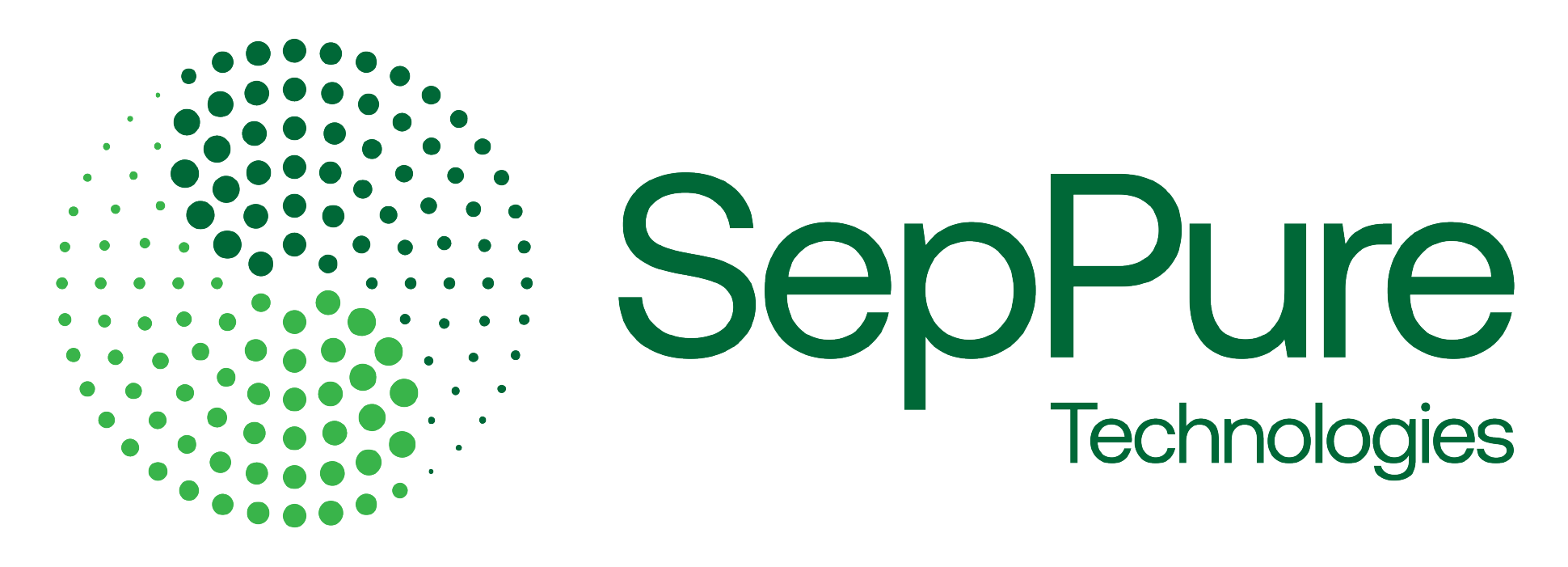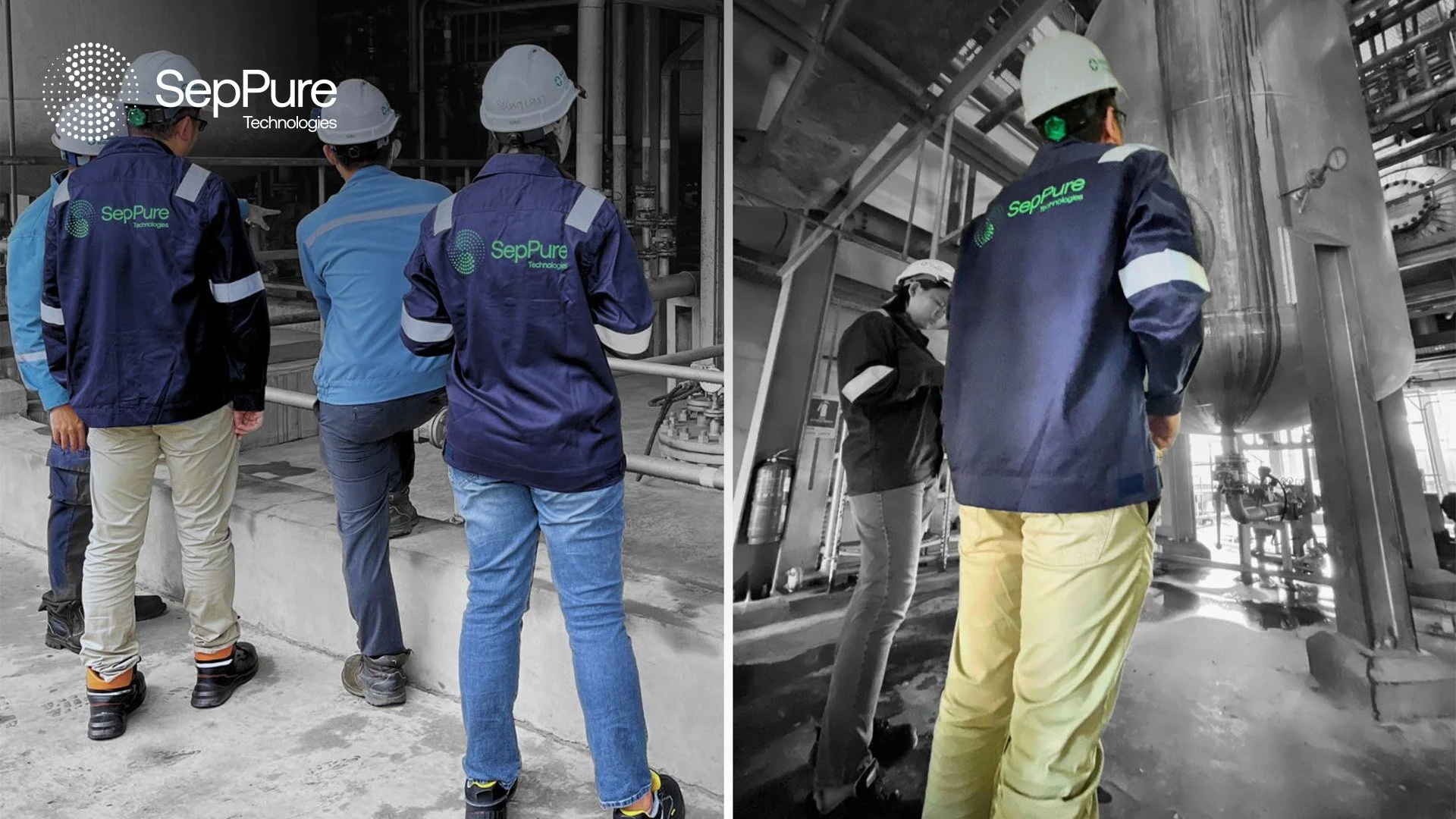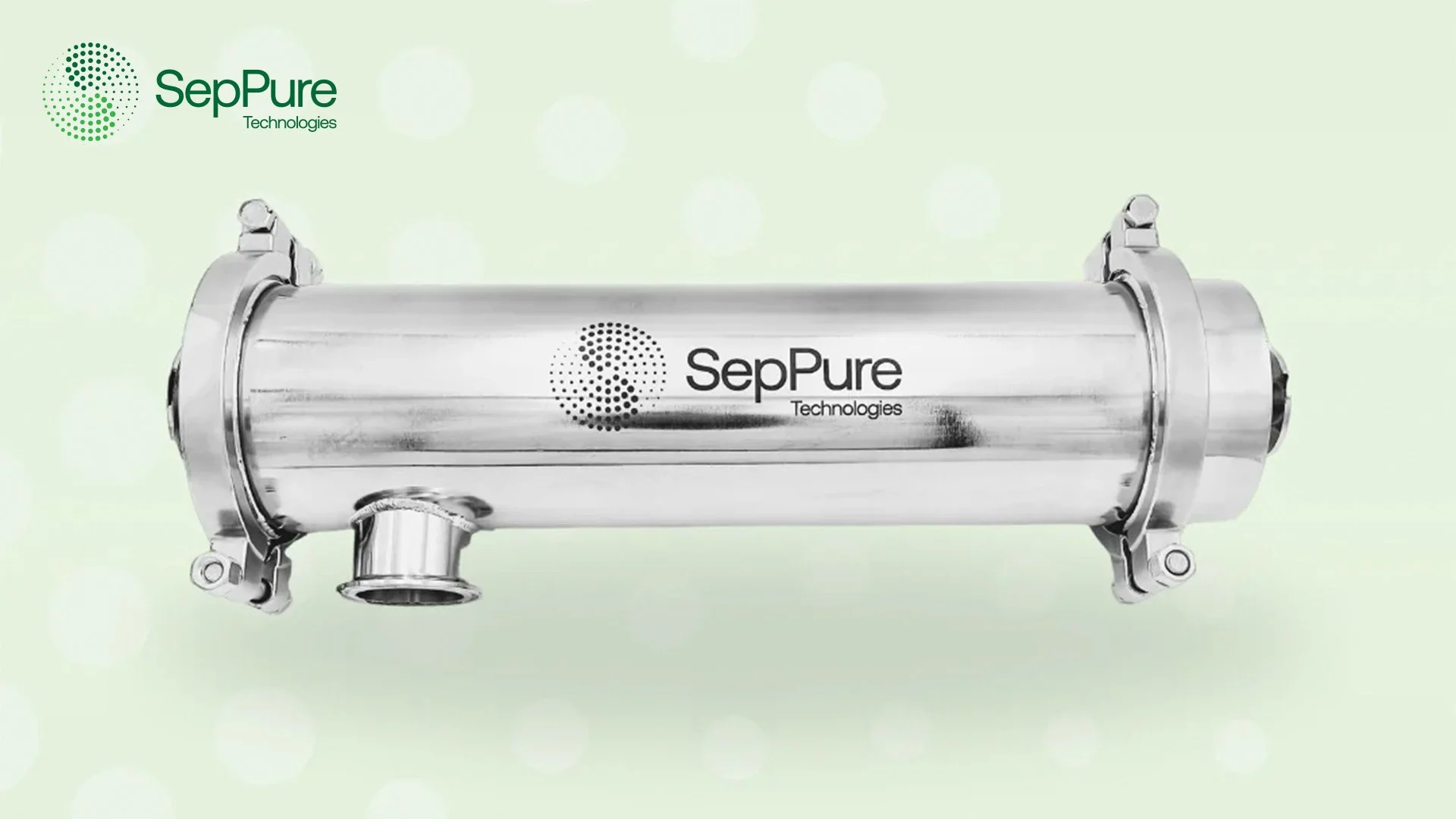A Comprehensive Guide to Nanofiltration Membranes
Chemical separation processes have long been the bedrock of numerous industrial applications, ranging from pharmaceutical manufacturing to petrochemical refinement. However, industries still use millions of tons of organic solvents to manufacture drugs, oils, and chemical products, most of which are separated from solvents by energy-intensive and thermal processes, such as distillation, evaporation, and drying processes. While undeniably effective, these conventional techniques often entail significant energy consumption, substantial Greenhouse Gas (GHG) emissions, and intricate infrastructure. They can also cause fire hazards, degrade heat-sensitive products at particular/elevated temperatures, and in particular instances, yield suboptimal separation. In response, nanofiltration membranes have emerged as an innovative and viable alternative. From their myriad benefits to their applications in various industries, in this article, we explore nanofiltration membranes and examine how they prove to be an efficient yet sustainable separation technique.
Nanofiltration Membranes
Overview & Applications
Nanofiltration membranes are an advanced filtration technology designed to separate chemicals at the molecular level while minimizing energy use, solvent loss, and the risk of fire hazards. In this process, membranes retain the larger molecules and allow the smaller ones to pass through a membrane at room temperature. By harnessing this molecular-level filtration mechanism, nanofiltration membranes excel at separating impurities, nanoparticles, and heavier liquids from solutions with unprecedented precision and efficiency. They present exceptional selectivity, energy efficiency, and versatility, as a result of which, they find a wide range of applications across diverse industries.
Organic Solvent Nanofiltration (OSN) or Solvent-Resistant Nanofiltration stands as a prime application of nanofiltration technology, which finds several applications, such as solvent-solute separation, solute and solvent purification, and solvent exchange. Solvent-solute separation includes the recovery of desired solutes or purified solvents. Solutes purification separates compounds in a solvent with different molecular sizes, and solvent exchange replaces one solvent in a solution with another. These applications are essential to diverse industries including vegetable oil, pharmaceutical, petrochemical, semiconductor, specialty chemicals, performance materials, waste management, and more, as they offer a sustainable alternative to the conventional chemical separation methods involving the disposal of organic solvents after a single use, mainly through incineration. For instance, within the oil industry, it takes as much as 4-10 tonnes of solvents in order to extract 1 tonne of edible oil, resulting in enormous energy use from conventional separation processes involving heating and cooling. Similarly, in the pharmaceutical industry, substantial solvents are required for manufacturing and production. Thus, during such processes, on the one hand, manufacturing and production often apply energy-intensive methods, such as distillation and evaporation, and on the other hand, substantial waste is disposed, often through incineration.
The current common method for the recovery of waste streams applied to some extent across industries are, again, distillation and evaporation, which are expensive and unsustainable, accounting for up to 10% of the global CO₂ emissions. Thus, membranes play a vital role in solvent recovery and chemical separation. By effectively filtering organic solvents and producing reusable solvents with minimal energy use, OSN membranes significantly reduce the amount of industrial waste generated, and thereby, the amount of emissions entering the atmosphere. Less than 1 nanometer in size, OSN membranes exhibit remarkable ability to selectively separate solutes based on both size and charge.
In recent years, significant efforts have been made in order to design high-performance OSN membranes by employing innovative fabrication methods, novel materials, and unique structural properties, all of which have further improved the separation performance of OSN membranes significantly. Thus, the precise separation capabilities of nanofiltration membranes make them essential in product upgrading, enabling the refinement of raw materials and intermediate products by selectively removing undesirable components while retaining the ones essential.
Advantages of Organic Solvent Nanofiltration (OSN) Membranes
Many industries currently rely on traditional heat-based separation methods, such as distillation, evaporation, and drying processes. However, integrating membrane technology into industrial processes offers numerous key advantages compared to conventional separation techniques.
1. Efficient and Selective Separation
Organic Solvent Nanofiltration (OSN) membranes boast remarkable efficiency and selectivity, achieving oil rejection rates as high as 99%. This results in products of superior purity and concentration, enabling businesses to meet stringent requirements and produce products with much higher quality.
2. Energy and Cost Efficiency
OSN membranes outperform conventional heat-based separation techniques in energy efficiency. Unlike traditional methods that heavily rely on energy-intensive heat generation for separation processes, OSN membranes primarily operate through pressure-driven mechanisms, significantly reducing energy consumption. By minimizing ongoing energy demands and diminishing the necessity for fresh solvents, nanofiltration membranes effectively lower overall operational costs while maintaining high yields and quality. This underscores their cost-effectiveness and energy efficiency.
3. Environmental Sustainability
Nanofiltration membranes play a vital role in advancing environmental sustainability within industrial separation processes. The substantial energy requirements of conventional chemical separation methods contribute significantly to global energy consumption and greenhouse gas emissions. However, with reduced energy needs of nanofiltration membranes, industries can substantially decrease their carbon footprint and work towards achieving sustainability goals.
4. Process Flexibility and Scalability
Another advantage of OSN membranes lies in their process flexibility and scalability. These membranes can be tailored to specific separation needs, offering versatility in handling various feedstocks and adjusting to changing production demands. Additionally, the molecular nature of membrane systems allows for easy integration into existing processes, facilitating upgrades and expansions without extensive modifications.
5. Process Flexibility and Scalability
Compared to conventional methods that require large quantities of solvents and high energy use for separation and purification purposes, such as distillation, extraction, and filtration amongst others, OSN membranes require little to zero chemical and energy use. This not only reduces operational costs associated with energy consumption and chemical procurement, but also minimizes waste generation.
To conclude, nanofiltration membranes represent an innovative and sustainable alternative to traditional industrial separation processes, demonstrating that optimizing efficiency while prioritizing environmental responsibility is feasible. Integrate advanced filtration technology like GreenMem® into your operations to attain high product purity and yield, while reducing energy consumption and greenhouse gas emissions by 90%.
Embark on your journey towards sustainable innovation with GreenMem® today!



